On a better topic, I last night was able to announce the winner of the Art + Christianity Book Award, which is done, I think, triennially. We had a bumper crop of books because art historians, having previously somewhat ignored the theology of religious imagery and the implications of religious narrative are now suddenly fascinated by it, including two very senior figures in the field – T.J. Clark and Tom Crowe. We gave the prize to a beautiful, huge exhibition catalogue, produced by Yale University Press for the Bard Graduate Center in New York and edited by Ittai Weinryb, to accompany an exhibition, Agents of Faith, on votive objects. I was particularly pleased because it demonstrates how exhibition catalogues can themselves be major contributions to scholarship. So, now I have a small shelf of books on religious imagery to replace the half library I have lost.
Monthly Archives: November 2019
The burning of the books
Some time ago, probably eight or nine years ago, a chunk of my library – all of fiction, my shelves on philosophy, psychology, aesthetics and photography – were shipped off to a warehouse in Bedford. Each month, I have dutifully paid the storage charge. Last night, I discovered that the warehouse had been burned down. Everything is lost. All forty boxes of books. I spent the night making a mental inventory of what has gone: the complete set of Dickens which I bought from the bookshop in Hobson Street; a complete set of Jane Austen from Heywood Hill; much sadder than those which are easily replaceable was my set of the early novels by A.N. Wilson, including a well thumbed copy of The sweets of Pimlico (it would have been worth more if it was mint); and books by my two contemporaries who became novelists, Candia McWilliam and William Rivière. It’s not the financial loss I care about, but the sentimental associations: the books I read as a teenager; the copy of Henry James’s Portrait of a Lady. I have been a negligent reader of fiction as an adult, but it didn’t mean I didn’t care. It feels like a lobotomy, the memory of an old part of my life, including all those catalogues of photography exhibitions at the National Portrait Gallery and my copy of Michael Podro’s The Manifold in Perception. All gone.
Ted Cullinan (1)
I was very sad to hear of Ted Cullinan’s death, not just because I admired his approach to architecture – so thoughtful about its materiality – but because, when I was at the RA, he was one of the nicest, most supportive and most generous spirited of the older generation RAs. I never realised that he had been raised a catholic, nor that his grandfather had owned a house designed by Inigo Triggs. He was, in some ways, a latterday arts-and-crafts architect, interested in how buildings are made, in spite of his modernist training. My favourite of his projects is the amazing, large-scale Faculty of Mathematics at Cambridge, which should have won the Building of the Year award when I was a judge, except we were told it wasn’t quite complete. He did the Divinity School too, which holds its own against Stirling. A 100% nice man.
Ruminations on globalism
While I was in Shanghai, I was asked by Tom Marks, the editor of Apollo, to write a piece on the role of the national museums. I totally misunderstood what he was asking me to do, since my mind was full of the fact that it was the Centre Pompidou, not the Royal Academy or National Portrait Gallery, which had taken up the offer of space in David Chipperfield’s fine and well-placed new museum on the West Bund. So, I wrote what I felt, based on my now – possibly out-of-date – experience as to how the government treats international relationships, a topic of some significance if we are not to retreat into a narrow nationalism.
Here it is. What I was actually asked to do will appear in the next printed edition:-
https://www.apollo-magazine.com/united-kingdom-international-relations-culture/
Whitechapel Bell Foundry (2)
I am re-posting the latest post on Spitalfields Life not just because it describes and shows pictures of yesterday’s rally, but because it provides such an admirably clear account of the legalities of the hearing next Thursday: that if the Council is to allow re-use, the current owners must be able to demonstrate that its previous use is not viable (and, indeed, to advertise its availability which, of course, they haven’t). They obviously can’t do this, because there is an alternative, economically viable plan from the United Kingdom Historic Building Preservation Trust to re-establish its previous use, which has been available since soon after the Foundry’s sale and was known to Historic England before they gave their ill-gotten advice. So, if it follows its normal legal procedures, Tower Hamlets should simply turn the application down.
https://spitalfieldslife.com/2019/11/10/save-our-bell-foundry/
Autumn
In the intervals of going to Taipei, I can’t help but notice that the full blast of autumn has arrived, so that even Stepney Green looks like Western Massachusetts at the height of the fall:-

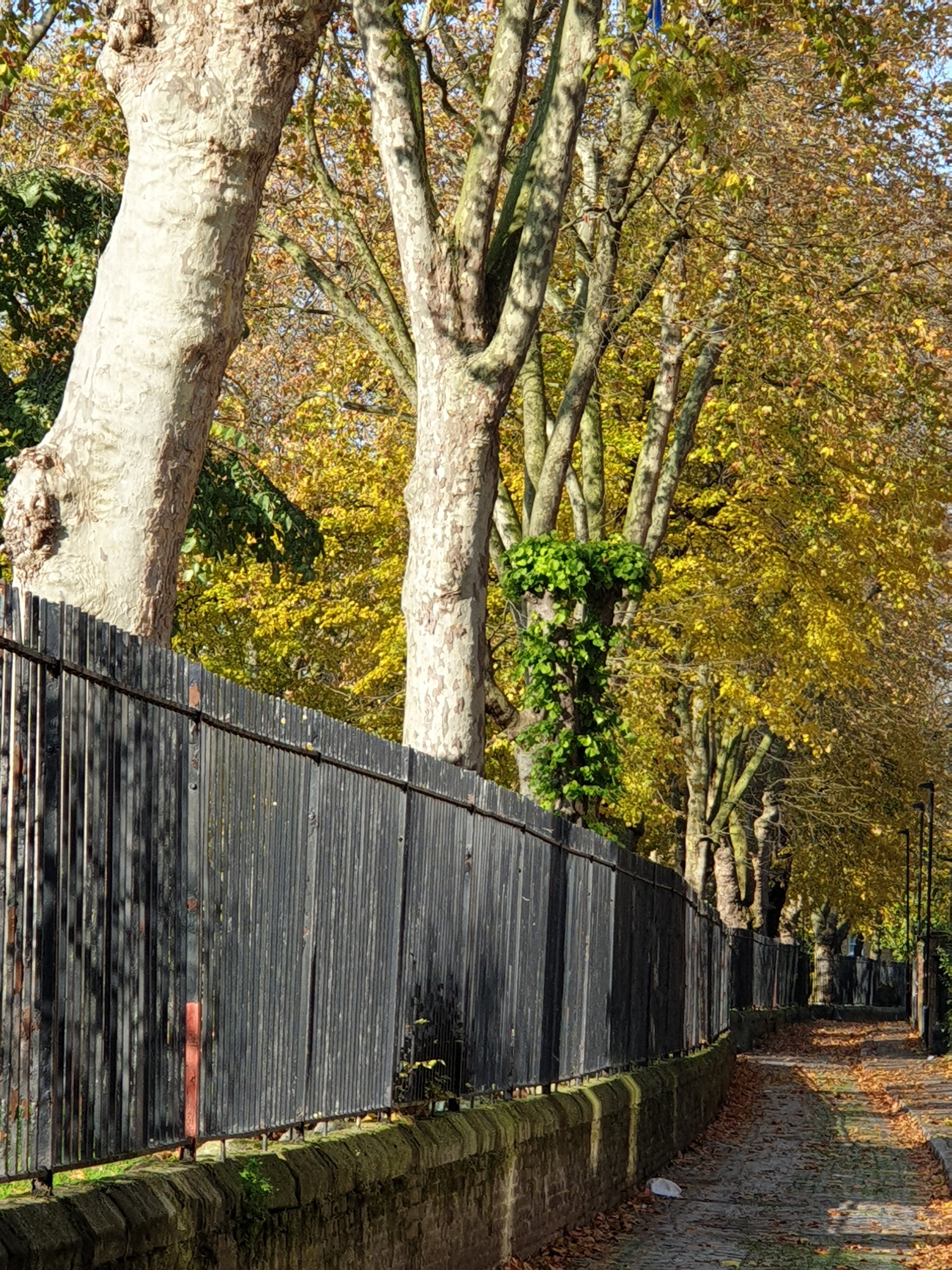
And the garden, too, is golden:-


Whitechapel Bell Foundry (1)
We went to the local rally in support of the campaign to save the Whitechapel Bell Foundry, which was held, first, in the hall of the East London Mosque, and, then, outside the Foundry itself. Three of the local councillors, who provide much the best hope of persuading the planning committee not to give permission for change-of-use, spoke eloquently about the importance of the Bell Foundry as a local resource, a survival of a deeply embedded sense of local traditions against the tide of international property speculation. They succeeded in persuading the committee to turn down an application last week, contrary to the officer’s advice.
I wanted to make the point that the Bell Foundry is not just of local, but of national importance. In the 1980s, I used to accompany students from the V&A and Royal College of Art on study trips to sites of industrial significance, including the Ironbridge Museum and Styal Mill in Lancashire. But none of them were as redolent or powerfully evocative of old systems of manufacture and traditional labour practices as the Bell Foundry, which had an extraordinary sense of nearly medieval continuity.
The officers have recommended approval of the plans to turn the Foundry into a hotel. I hope that, on Thursday, the councillors will be able to persuade the planning committee to turn the plans down.
The Charterhouse
I went to the Charterhouse, an unexpectedly peaceful and surprisingly large-scale, semi-monastic foundation sandwiched between Smithfield Market and the Barbican, dating in its origins to a Carthusian monastery founded in 1371, dissolved in 1537 when the Prior was hung, drawn and quartered, and used to store Henry VIII’s hunting apparel until it was taken over by the North family who built the Great Hall. In 1611, it was converted by Sir Thomas Sutton into an almshouse and school. The school moved out to Godalming in 1872, leaving the almshouses to be occupied by a community of brothers, who can enjoy a remarkable set of medieval buildings, repaired after the war by Seely and Paget:-
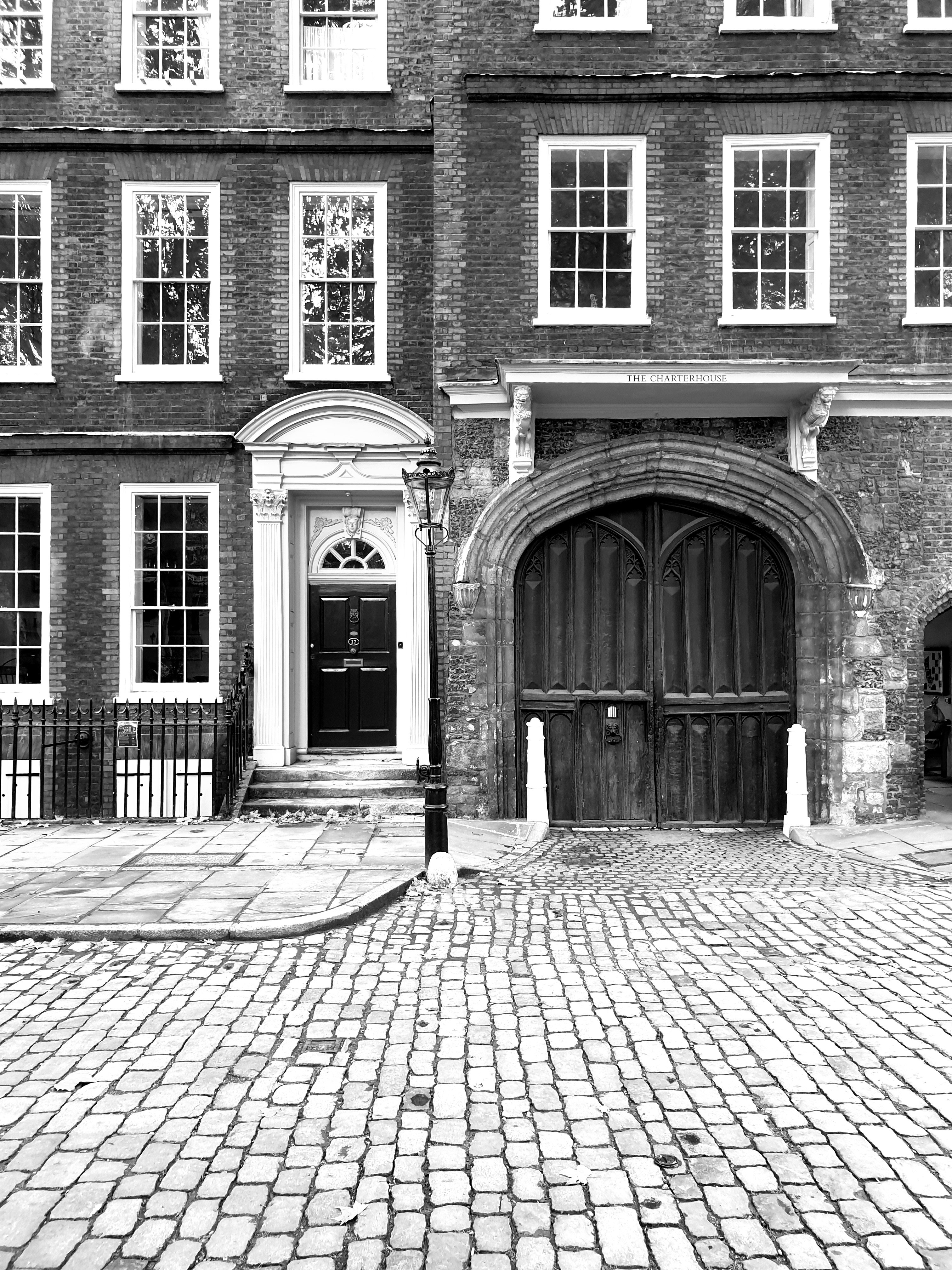



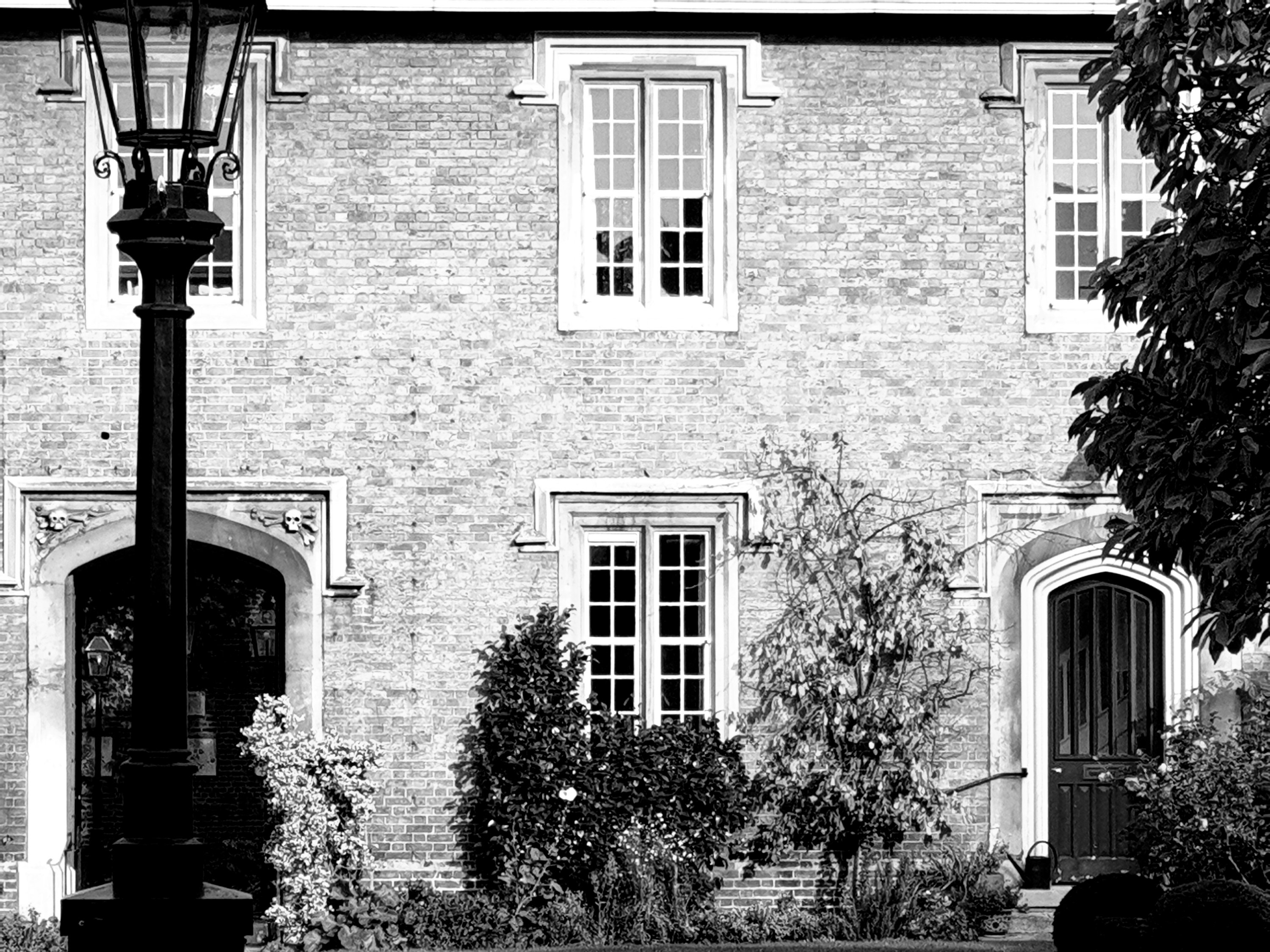

Scenes from a Night Market
After a concert of music by Chopin and Mussorgsky, we went to the night market.




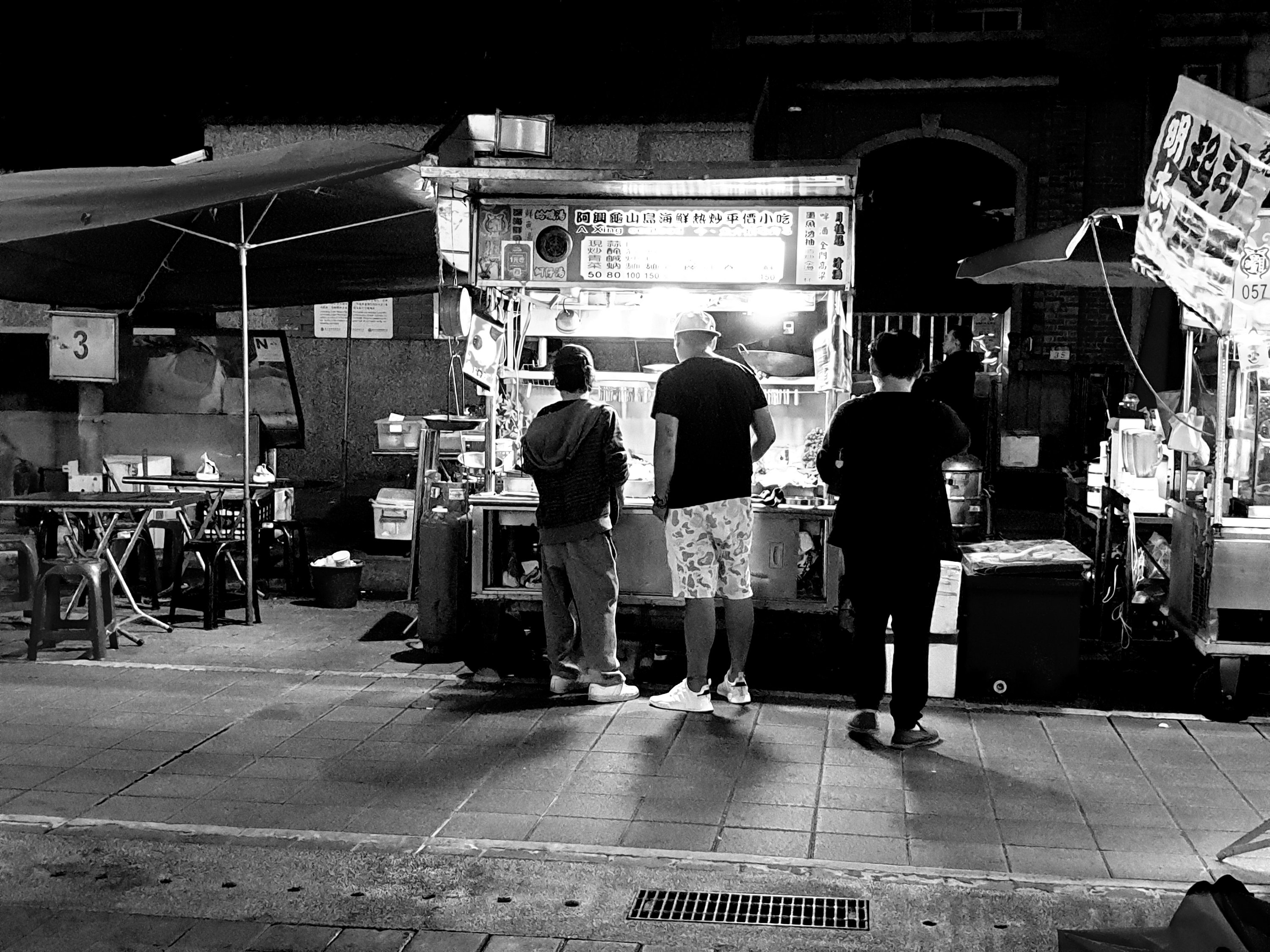


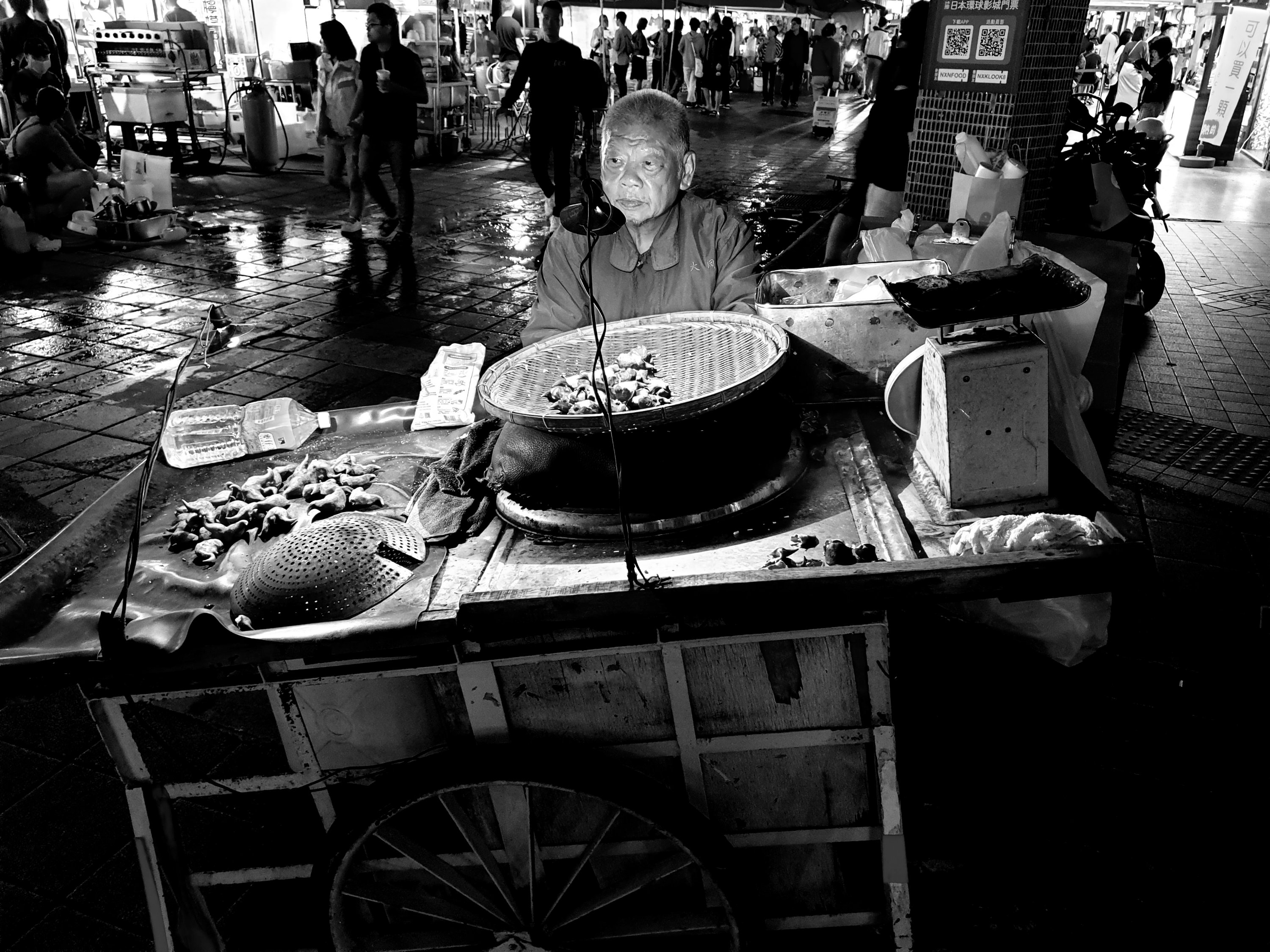

Ways of Drawing
One of the benefits of travelling has been the opportunity to read and digest Ways of Drawing, the Royal Drawing School’s recently published bible, containing the thoughts and ideas of its teaching staff and ex-students, including a brilliant description of what it feels like to be an artist’s model by Isley Lynn (but no pictures of what she looks like), a description of the pleasures and experience of drawing in the countryside by Daniel Chatto and of drawing items of natural history close-up by Clara Drummond. Cumulatively, the essays convey the intensity of the experience of drawing and of how it gets one to think as well as look. They’ve printed 10,000 copies, which shows how popular it is expected to be.

You must be logged in to post a comment.